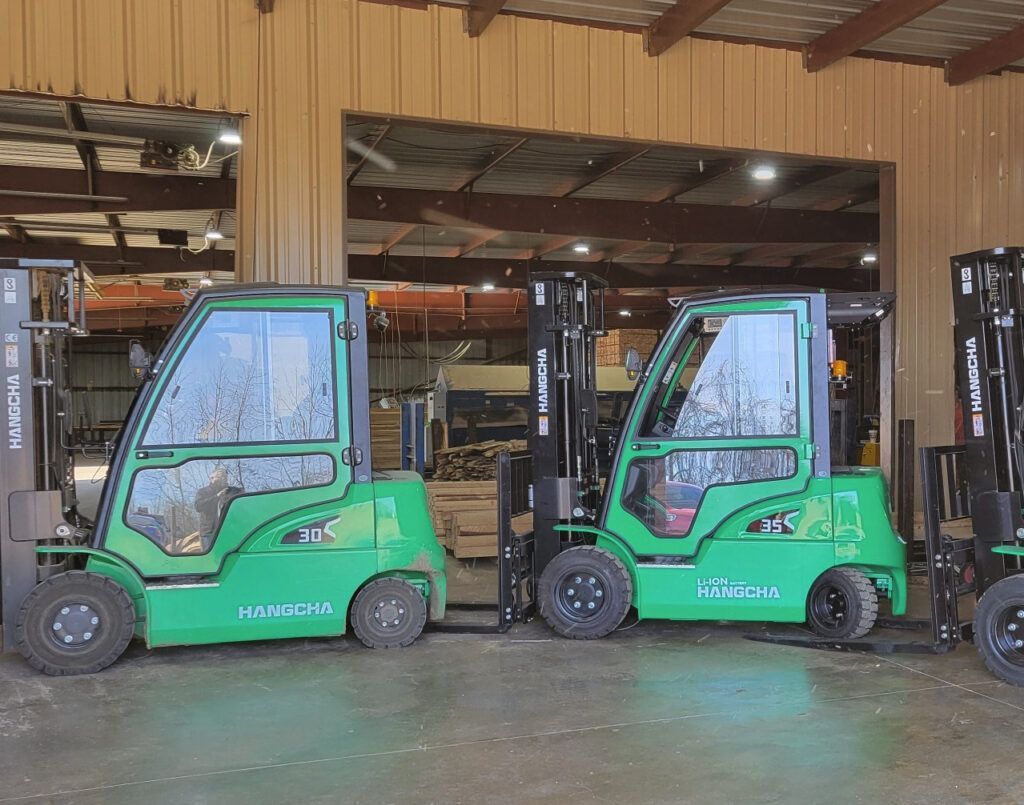5 Creative Warehouse Storage Tips to Save Space and Maximize Efficiency
Warehouse Storage Tips
Warehouse Storage Tips. No matter how well you’ve organized your warehouse racking, that organization is also a snapshot in time; it may have suited you perfectly once, but if your business has grown or evolved, your warehouse layout and storage needs to evolve right along with it. Benco Industrial Equipment can lend a hand when it’s time to move to that next level.
Look Up
The best solutions are often the simplest. We’re often shocked to see how much of a warehouse’s available volume is wasted. There’s always room to expand, and the best way to do that is often by taking full advantage of the airspace above your topmost warehouse shelving. This occasionally means reconfiguring your shelving (you’ll need something that can safely handle the added weight), but it’s also much less expensive than expanding — and it’s easier to scale during slower business cycles.
Use Better Materials Handling
While going vertical has its advantages, you’ll need to put some additional thought into workflow so that you’re not solving one problem (space) only to introduce another (efficiency). Our range of Hyundai forklifts — backed by forklift leasing, parts, and service — can help you improve pick efficiency without compromising employee safety.
Adopt Better Inventory Management
Be honest: have you ever looked in the darker recesses of your warehouse and found inventory you simply forgot you had? If you’re like most businesses, it happens. It could be a single stray piece, but it could also be an entire box (or even shipping container) stuffed to the gills with ancient stock. A warehouse management system (WMS) can help you get more visibility, less waste, and a better handle on your inventory, packing, picking, and even labor efficiency. Bonus: it can also be used as the backbone for an automated solution if you decide to automate certain parts of your workflow.
Use Lean Practices
Lean principles have caught on everywhere from IT startups to warehouses, and for good reason: you’re taking only what you need, which typically saves money as well as space. If you’re already using lean manufacturing principles, why not apply them to your warehousing as well?
Something else that can help maximize your space is rethinking delivery, and there are two ways to do this that fit right in with the lean philosophy. One is just-in-time delivery, where goods are manufactured and delivered only as needed, which drastically cuts down on inventory and overhead. Another is direct drop shipping; if you’re a distributor and not a manufacturer, relying on trusted vendors to drop ship can cut you out as a middle man, but can also considerably lighten your load during peak periods.
Organize!
Keeping a warehouse that’s clean and well-organized ensures that the other steps you’re taking above won’t be wasted. You’ll run smoother, more cost-effectively, and safer. There are many different ways to do this, from RFID technology to simply labeling bins, boxes, and shelving with SKU-based information tags, as well as smaller fundamentals (like varying your shelving types to better fit your stock, and simply keeping a clean warehouse).
As businesses change, it’s not uncommon to find that the space you’re in doesn’t serve you as well as it used to. With that said, an expansion or move is time-consuming and terribly expensive. So why not start by looking at your existing space and see how best to scale it to your current needs? From materials handling to layout to more efficient use of your air space, there’s a Benco Industrial Equipment solution to your business’s most pressing warehousing needs. Call us today!
The post 5 Creative Warehouse Storage Tips to Save Space and Maximize Efficiency appeared first on Benco Industrial Equipment.




